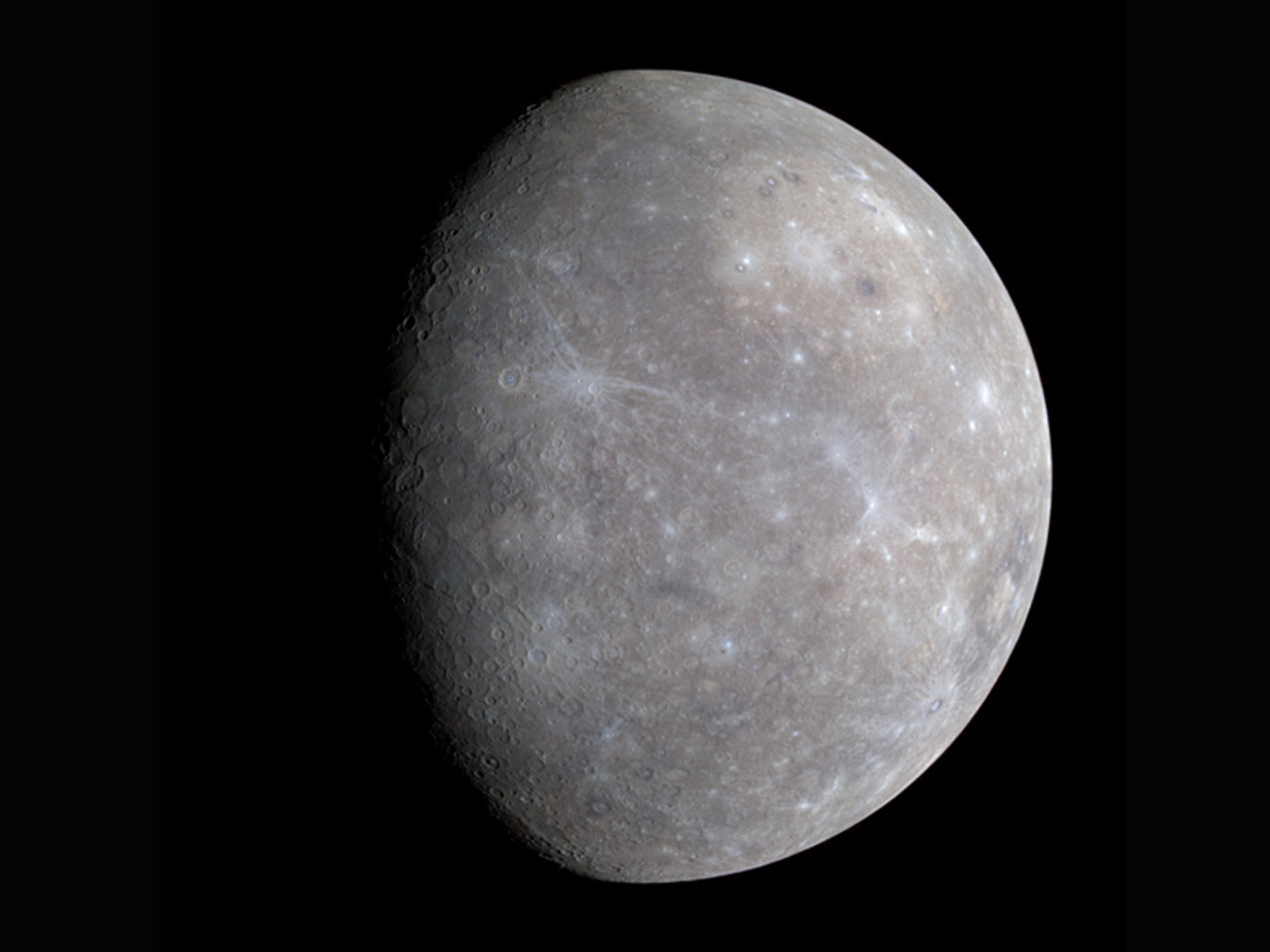Widespread news reported that scientists sequenced ancient DNA from an extinct human variety that they called a Denisovan in unprecedented detail for ancient DNA. In 2011, researchers reported DNA sequence from the tiny finger bone that had been lying in Siberia's Denisova Cave, but the sequence was not of high enough quality to compare base-for base to the modern human genome.1 Now it is.
Researcher Matthias Meyer pioneered a technique that sequences ancient and, therefore, fragmented single strands of DNA. Older methods could only sequence larger, double-stranded DNAs.
Meyer was lead author of a paper published in Science,2 successful in "producing a 'near-complete' catalog of the small number of genetic changes that make us different from the Denisovans, who were close relatives of Neandertals," according to Science writer Ann Gibbons.3 So, what kind of creature do the Denisovans represent, and what role might they have played in human history?
First, Neandertals were fully human and interbred with modern man.4 Second, this Denisovan DNA only differed from Neandertal by a "small number of genetic changes," indicating a close relation.
The Denisovan finger bone fragment was initially identified as modern human. And the same cave held fully human tools and bones. Harvard Medical School population geneticist David Reich coauthored the online Science report.2 NPR host Ira Flatow interviewed him:
FLATOW: Do you think that humans might have mated with Denisovans, as they did with Neanderthals?
REICH: I think that we are sure that that happened.5
The team found Denisovan-specific DNA sequence in people from Papua New Guinea.
Denisovans and Neandertals clearly appear to have been varieties of human.4 But when did they live? Science reported "very rough dates of 30,000 to more than 50,000 years for the layers of sediment where the fossils of Denisovans, Neandertals, and of modern humans were all found." But when geneticists dated the Denisovan using DNA mutation rates—rates that are routinely calibrated to the assigned age of fossil remains—they estimated that it could have been deposited around 80,000 years ago.2 Reich told NPR, "So we have a date in the paper, and it's embarrassingly uncertain."4 He said that the uncertainty is due to ignorance of the mutation rate.
Since the archaeological date is "very rough," and the molecular clock date is "embarrassingly uncertain," and since the two are in discord, perhaps none of those estimates are accurate.
In the context of biblical creation, Denisovans and Neandertals are extinct varieties of mankind—descendants of Noah's three sons—that lived probably within several hundred years of the Flood. This is consistent with the fact that their remains were found together in this cave and with the fact that their DNA sequences are so clearly human.6
The high-resolution sequencing of ancient DNA is a technological achievement that certainly does enable researchers to better characterize these "Ancient Relatives: The Denisovans."5 They were relatives, and they were ancient, but not nearly as ancient as claimed.
References
- Reich, D. et al. 2010. Genetic history of an archaic hominin group from Denisova Cave in Siberia. Nature. 468 (7327): 1053-1060.
- Meyer, M. et al. A High-Coverage Genome Sequence from an Archaic Denisovan Individual. Science. 1224344. Published online August 30, 2012.
- Gibbons, A. 2012. A crystal-clear view of an extinct girl's genome. Science. 337: 1028.
- Thomas, B. Neandertal Genome Confirms Creation Science Predictions. ICR News. Posted on icr.org May 28, 2010, accessed September 7, 2012.
- Meet Your Ancient Relatives: The Denisovans. NPR. Posted on npr.org August 31, 2012.
- Even so, their mitochondrial DNA sequences have marked differences from each other, and even more differences from modern human. This is attributed to rapid genetic diversification following the population bottleneck during the Flood. See Wood, T.C. 2012. Ancient mtDNA Implies a Nonconstant Molecular Clock in the Human Holobaramin. Journal of Creation Theology and Science Series B: Life Sciences. 2: 18-26.
Image credit: Max Planck Institute for Evolutionary Anthropology/Science. Adapted for use in accordance with federal copyright (fair use doctrine) law. Usage by ICR does not imply endorsement of copyright holders.
* Mr. Thomas is Science Writer at the Institute for Creation Research.
Article posted on September 10, 2012.





















